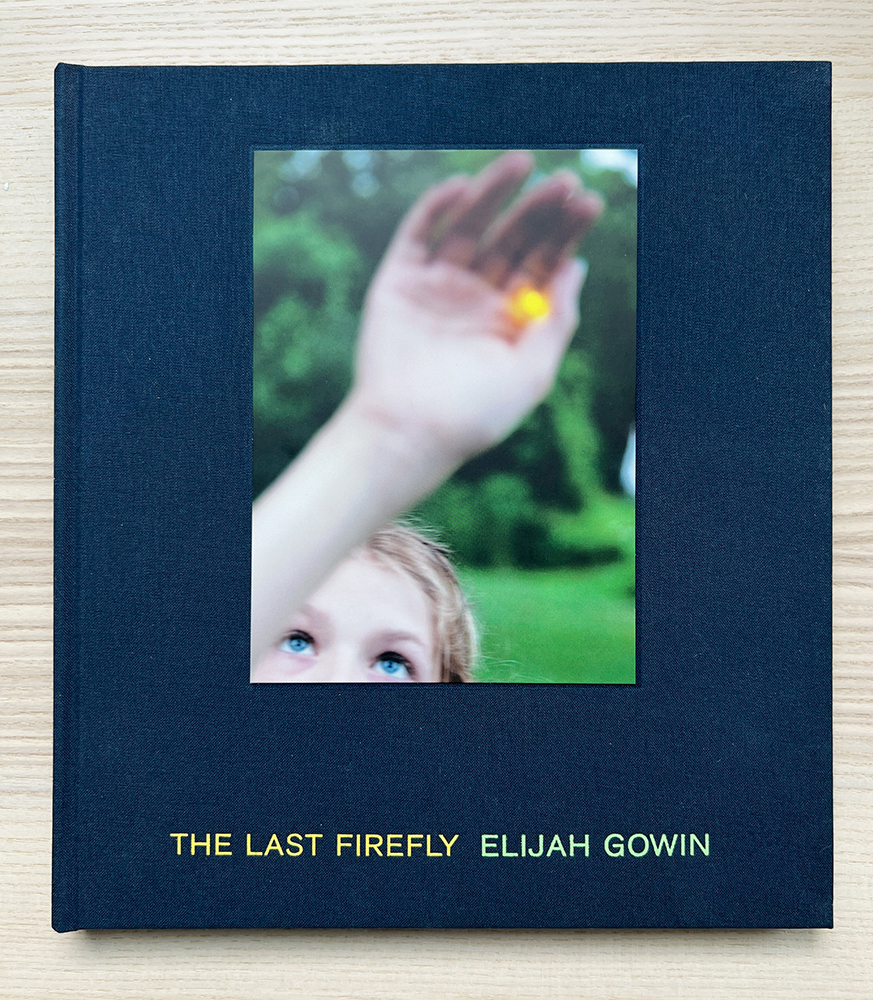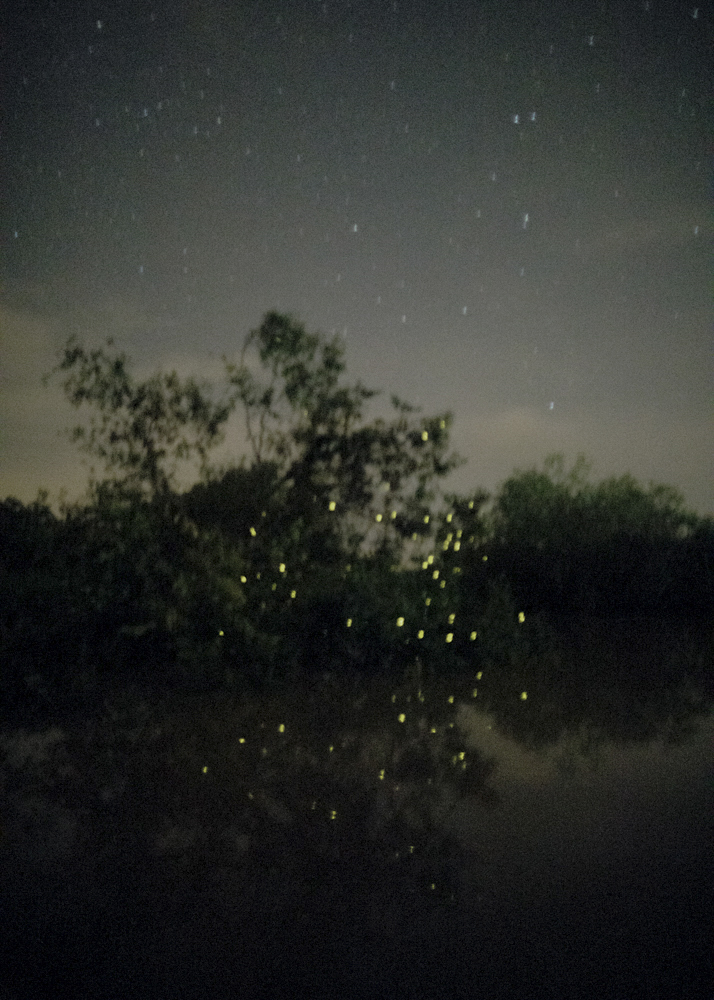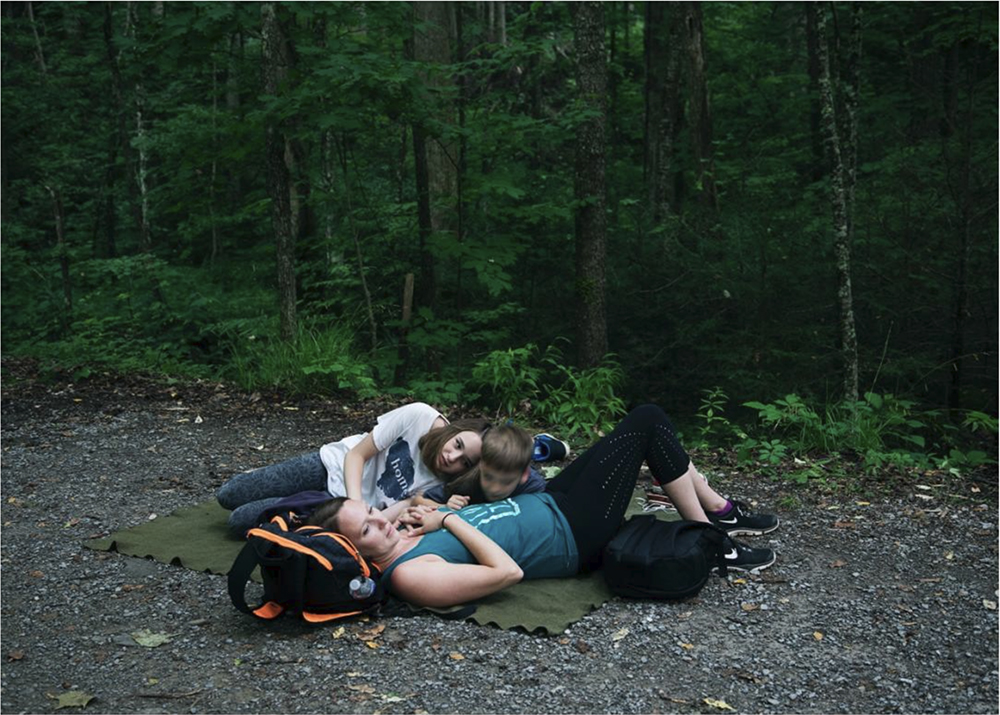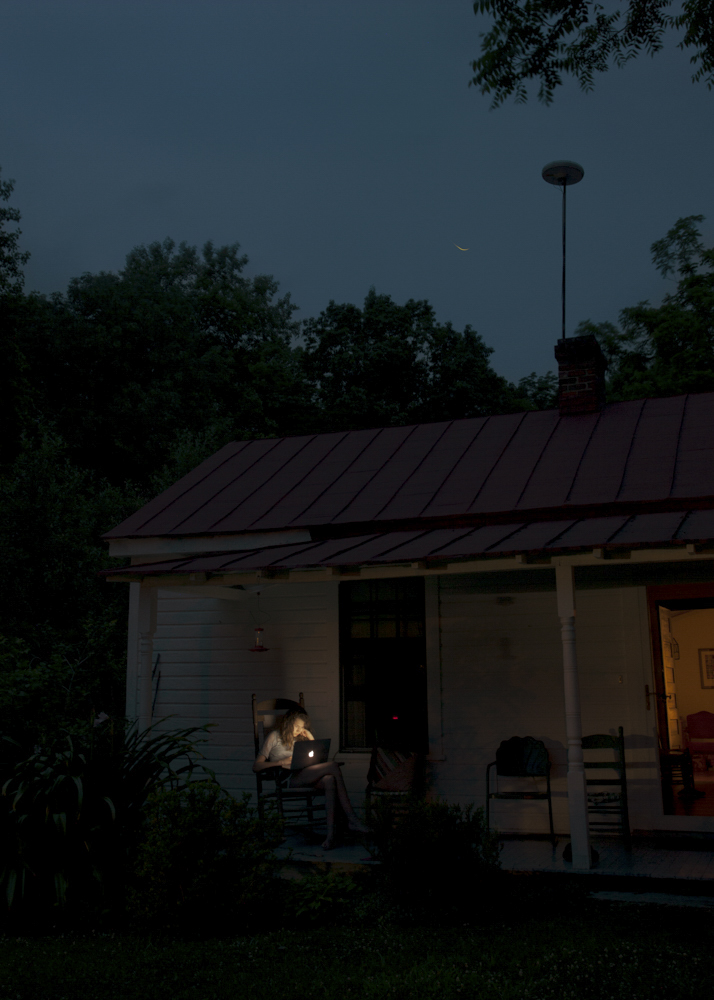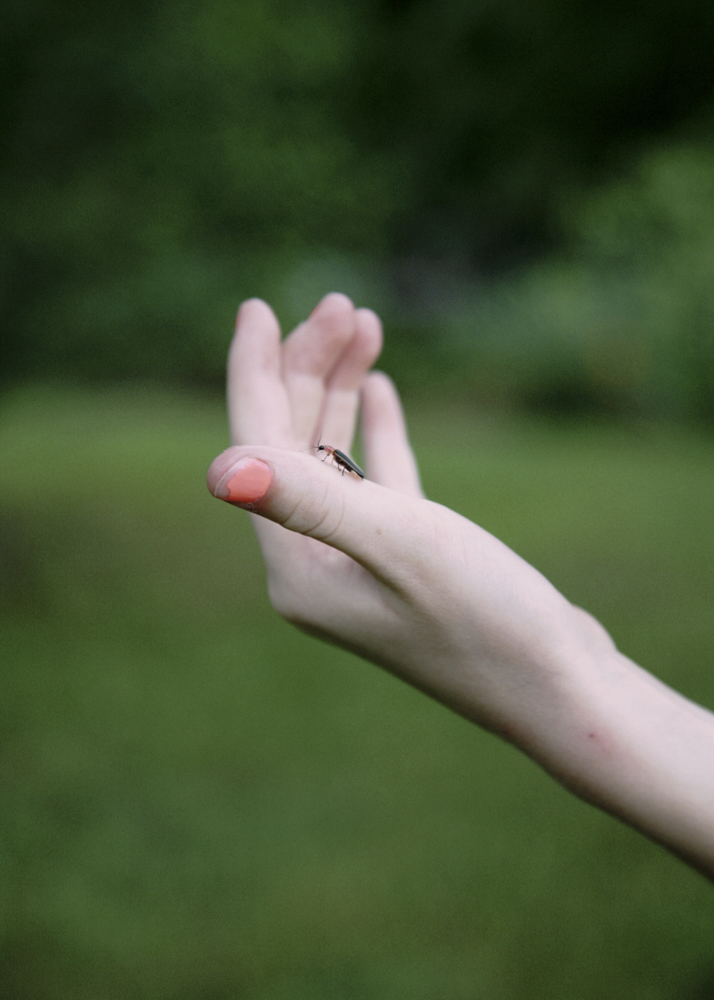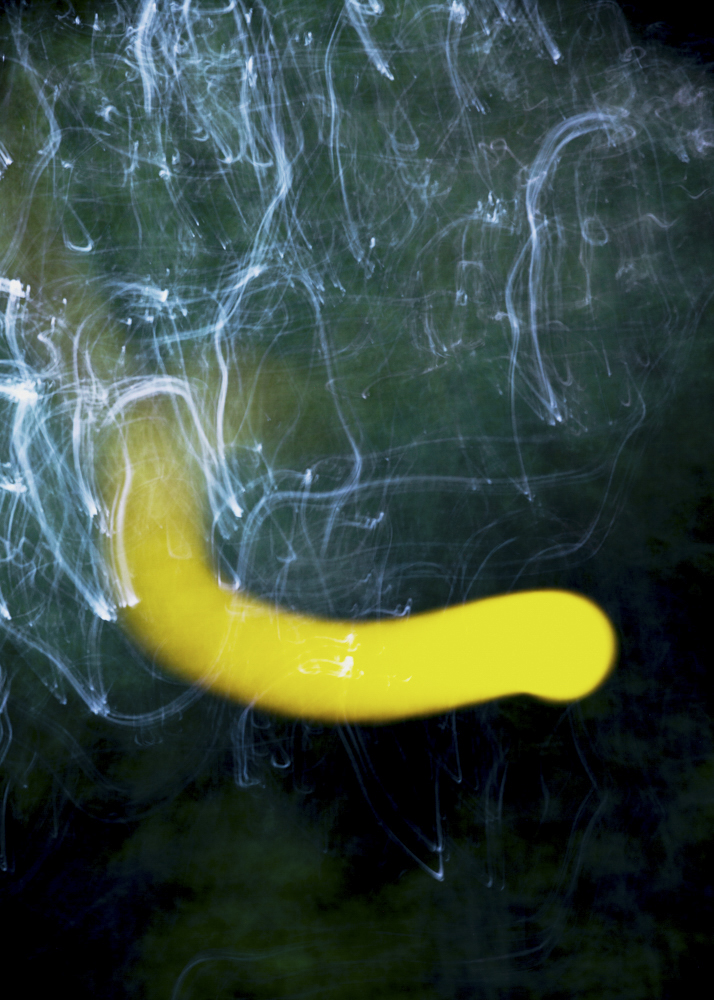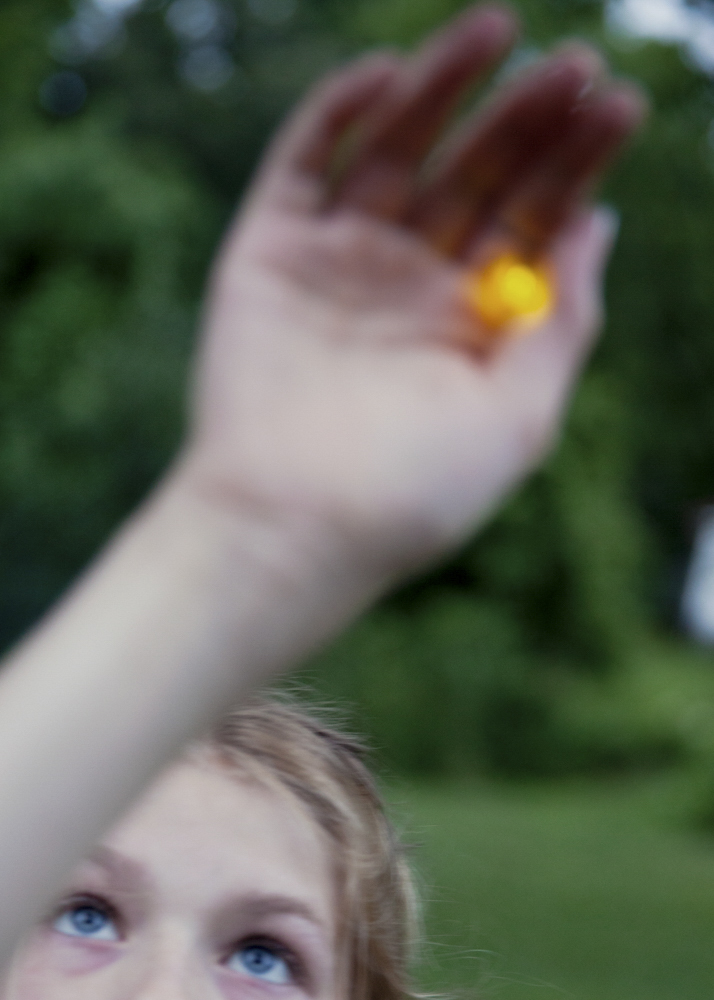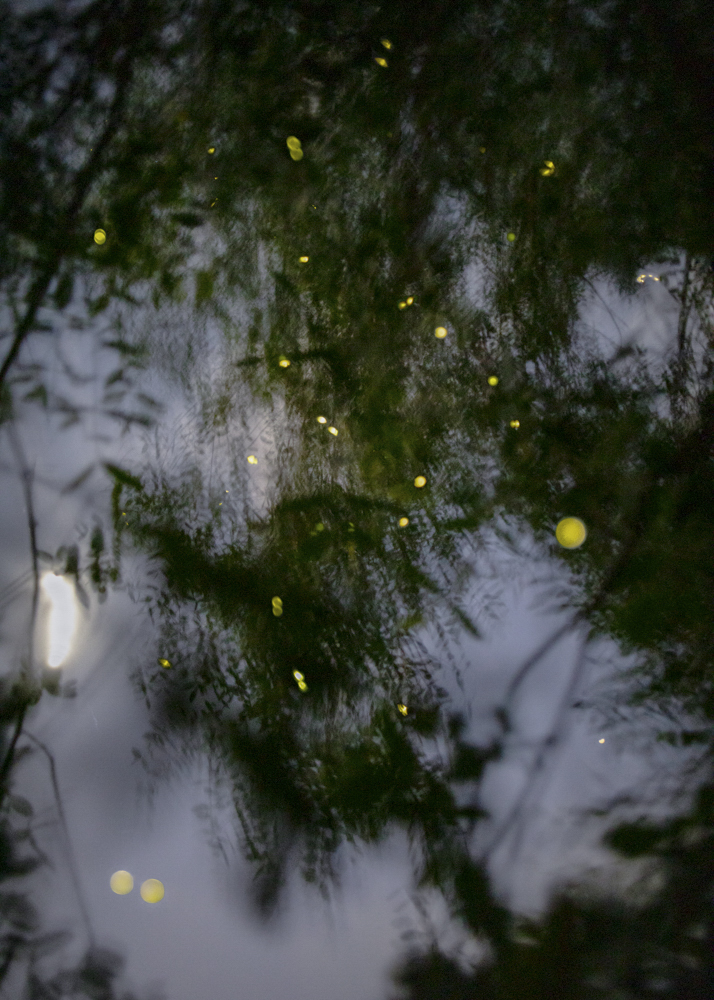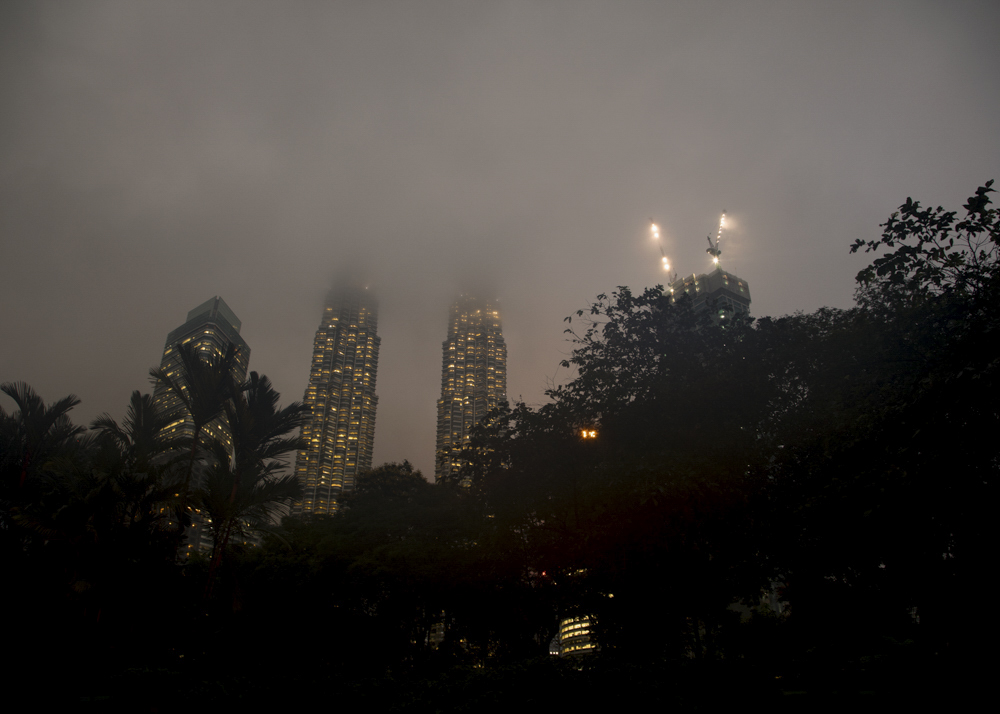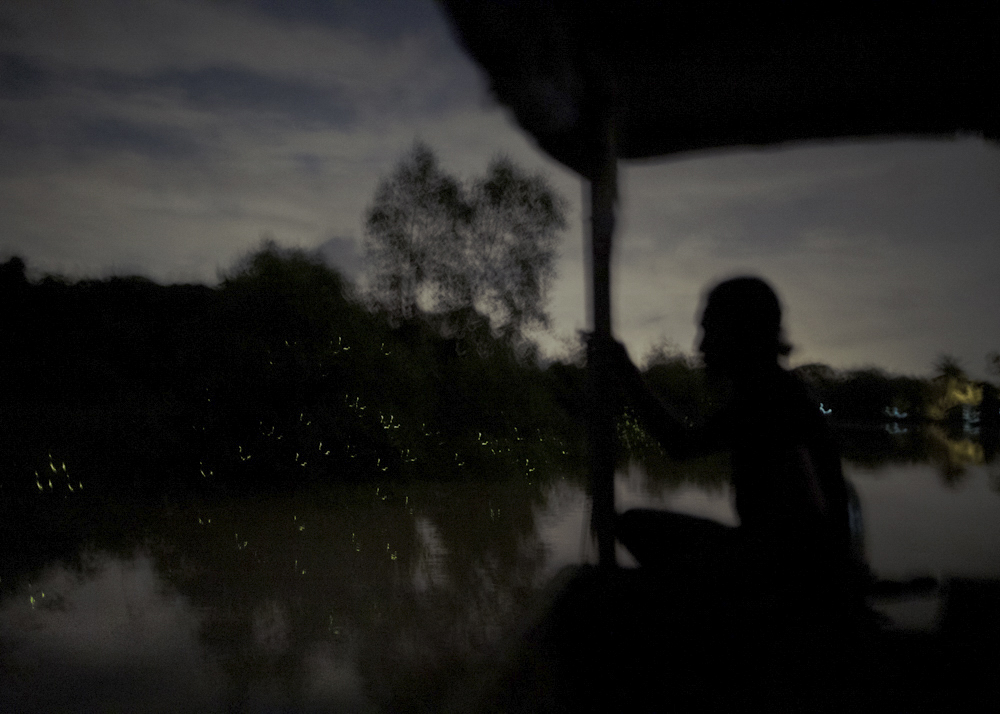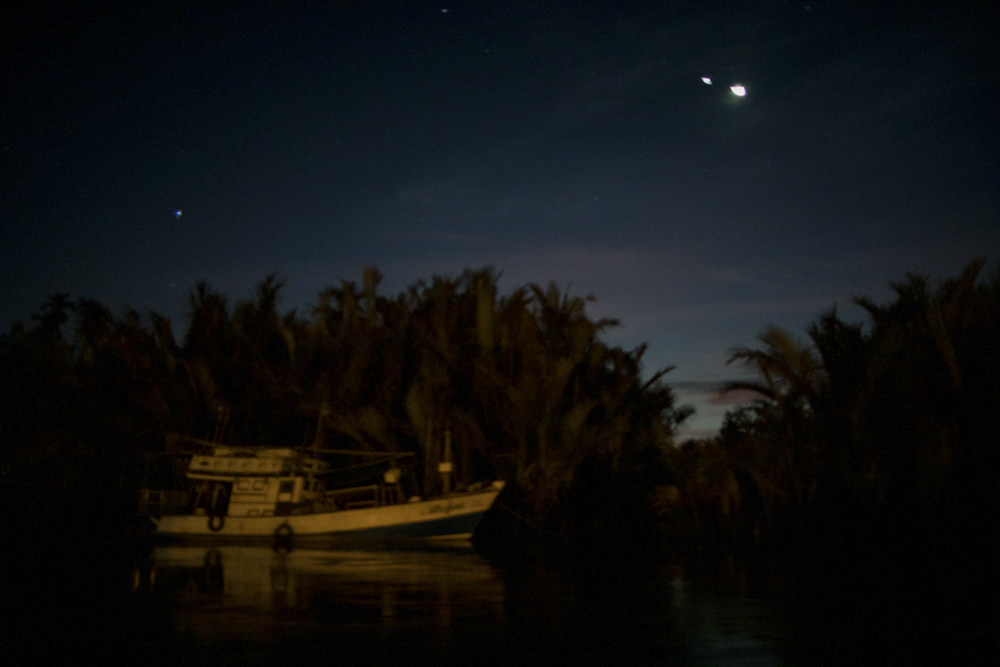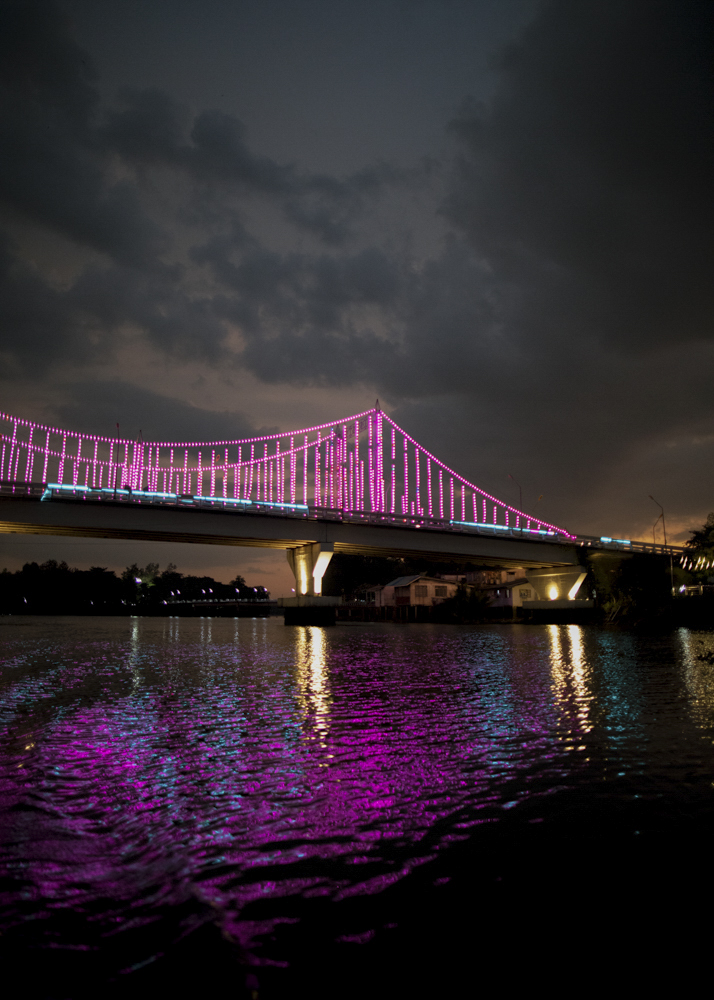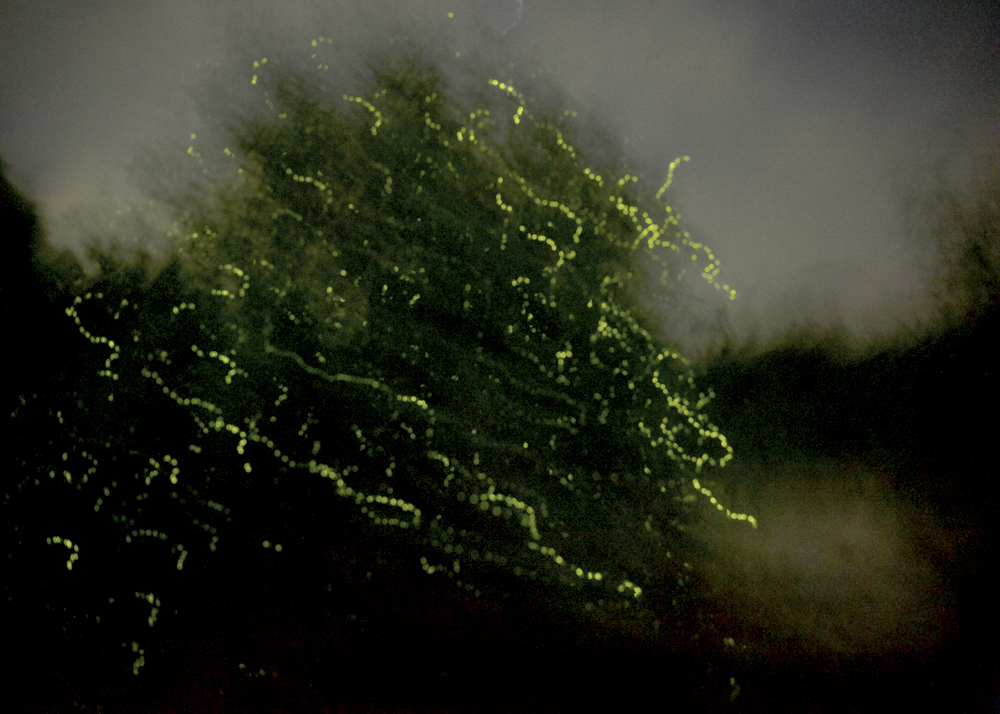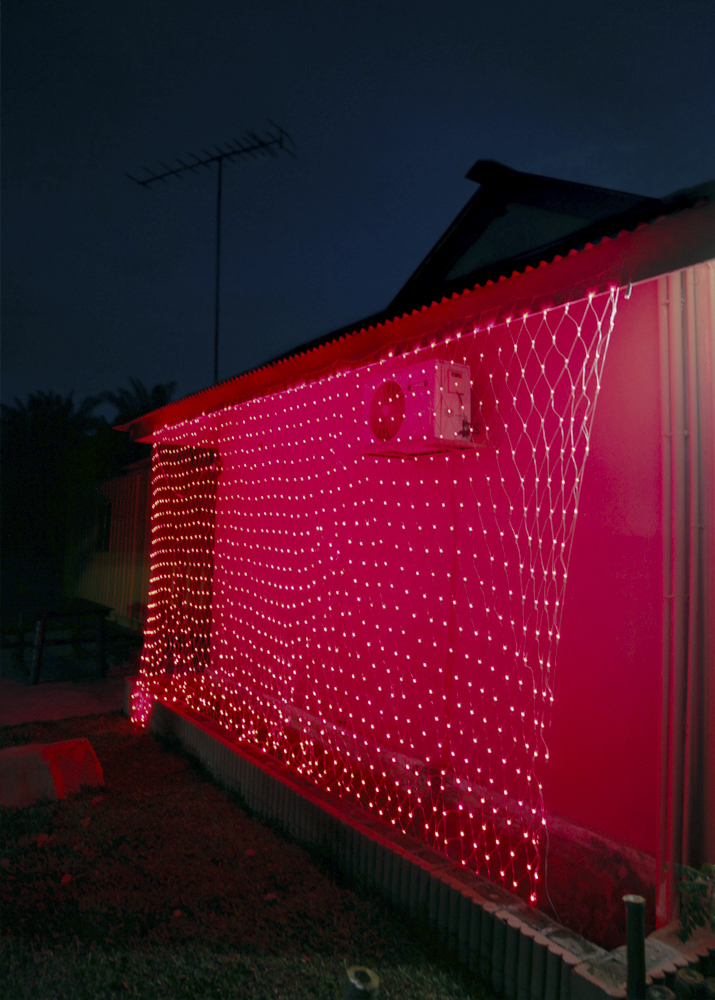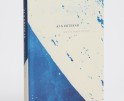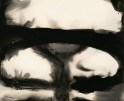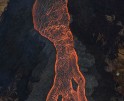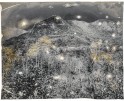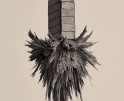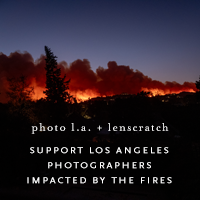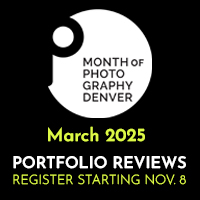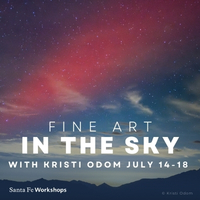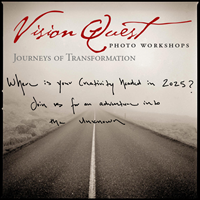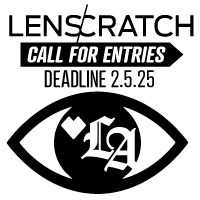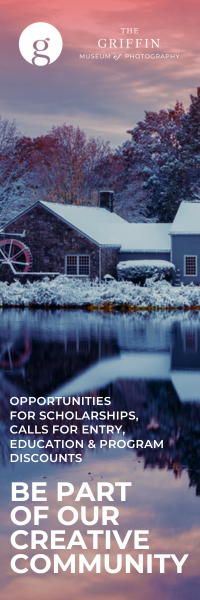Elijah Gowin: The Last Firefly
Elijah Gowin is a photographer and educator based in Kansas City, Missouri. In his newly published book The Last Firefly (Tin Roof Press, 2023) he offers the viewer a very human way to talk about science and ecology. Included in the book is a foreword by Johan Eklof, Phd, author of the The Darkness Manifesto, an inspirational book that helped Gowin put this project into perspective.
Several years ago I wrote a feature in the Art + Science column in Lenscratch Magazine about his initial photographic series The Last Firefly (2015). What began as curiosity led him to expose the bioluminescence of fireflies on light sensitive photographic film and record the random marks and patterns of their movement. The photographs resemble something between a Jackson Pollock painting and a Rorschach test.
For the next decade, Gowin expanded the overall project, traveling to Virginia, Malaysia and Thailand to photograph fireflies. Throughout the project’s evolution, he continued to research and learn more about the importance of darkness within our world. The disappearing fireflies are but one of the bio-indicators of the health of our ecosystem that is affected by light pollution. Gowin photographs the world of both darkness and light, from macro to micro, from abstraction to realism, to offer a unique perspective that leads us to consider the fragility of human’s future on earth.
Below is an interview with Elijah.
LA: In 2018, I presented a post in Lenscratch of your non-representational photographs of firefly markings on light sensitive paper. What led you to continue this in-depth study of fireflies and their connection to our ecosystem in flux?
EG: For the most part, I work and develop my series organically. One thing led to another in my search to figure out novel ways to picture fireflies and their place in the environment. I visit my family home in Virginia every summer and it provides the space to rethink options for new work and to test out ideas. We have a good colony of fireflies that live in nearby woods and I started to photograph them at dusk, chasing them around. The results, abstract, yet colorful, gave me encouragement to keep going with this project. At the same time, I made more realistic long exposure photographs at dusk, where people, farmhouse and fireflies all combine in the same image to tell a story of place, fleeting moments and the relationship between nature and technology.
From that Virginia location, it is not too far from the Smokie Mountains and Elkmont State Park where people gather every spring to watch the fireflies. I made a few trips there to photograph but very few fireflies were seen those years so I made photos of people waiting for the fireflies that would never come. I tried to make the best out of a tough situation. I thought people waiting in nature was an interesting concept and although those photographs were edited out of the final book, it made me consider people and places as important as the fireflies in this series.
In 2017 I made a trip to Malaysia to photograph what I think are the largest populations of fireflies in the world. Seeing the rapid development of Kuala Lumpur and other Asian megacities, I was compelled to integrate the broader elements of weather, geography, urban development and light pollution in those photographs. Finally, a trip to Thailand in 2023 aligned with reading Johan Eklof’s “The Darkness Manifesto: On Light Pollution, Night Ecology, and the Ancient Rhythms that Sustain Life.” These ideas really grounded the series and provided the ecological context I was looking for. Johan was very kind to agree to write an introduction to this book, which proved to be a wonderful and human text that is very readable for non-scientists.
LA: From fairy dust to bioindicators, what is it that you feel now, at the completion of this long-term project, when you see a firefly light up?
EG: I think of how much has changed in that ten year period. I started the project with children who chased fireflies in the front yard and now as young adults they help me negotiate foreign airports and back road directions to track down fireflies in remote areas of Asia. It makes me rethink the scale of time as I compare the brief life of a firefly with the lifespan of people or a river. Sometimes the small and infinite seem similar. But I also just like to be outside and appreciate the end of the day when things quiet down and darkness comes on.
Using the disappearing and threatened firefly as a way to explore ecology and our changing landscape, this series explores how the firefly provides a mirror that warns us of our tenuous human future. Traveling to unique and rare communities of fireflies in Tennessee, Malaysia and Thailand that have learned to flash synchronously as a group, this project uses photography to show the visual beauty of fireflies and the darkness they inhabit. It also highlights the impact of deforestation, light pollution, and overtourism that globalization has brought on in the 21st century.
For those that grew up in the United States, catching fireflies in the backyard as children, this summertime ritual is symbolic of youth itself, a Romantic attempt to stop time and hold childhood in a state of suspended animation. Around the globe, other cultures have found the firefly to be evocative in different ways. In Japan, where the firefly Luciola is found, the insect is said to symbolize not only love, but also the souls of those killed in war. It is this combination of ecological danger and ideas of love, death and impermanence that provides the conceptual background for “The Last Firefly” project.
Elijah Gowin uses photography to speak about landscape and the human experience in moments of spiritual and physical transition. He was born in Dayton, Ohio in 1967 and received his BA in Fine Art from Davidson College and MFA in Photography from the University of New Mexico. His photographs are in the collection of the National Gallery of Art, Houston Museum of Fine Art, and the Virginia Museum of Fine Art, among others. His awards include the John S. Guggenheim Fellowship in 2008 as well as grants from the Charlotte Street Foundation and the Puffin Foundation. He founded Tin Roof Press to publish his books on art and photography including his monographs “Of Falling and Floating” in 2011 and “The Last Firefly” in 2024. Presently, he is a Professor in the Department of Media, Art and Design at the University of Missouri-Kansas City where he directs photographic studies. Gowin is represented by the Robert Mann Gallery, New York, Photo Gallery International, Tokyo and Page Bond Gallery, Richmond.
Posts on Lenscratch may not be reproduced without the permission of the Lenscratch staff and the photographer.
Recommended
-
Thirty-Six Views of the Moon: Ala EbtekarJanuary 24th, 2025
-
elin o’Hara slavick: Art + Science Competition Honorable MentionDecember 21st, 2024
-
Leslie Gleim: Art + Science Competition Honorable MentionDecember 20th, 2024
-
Gesche Wuerfel: Art + Science Competition Honorable MentionDecember 19th, 2024
-
Zac Henderson: Art + Science Competition Third Place WinnerDecember 18th, 2024

